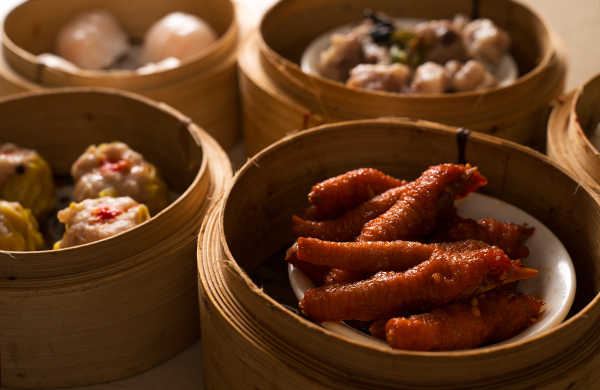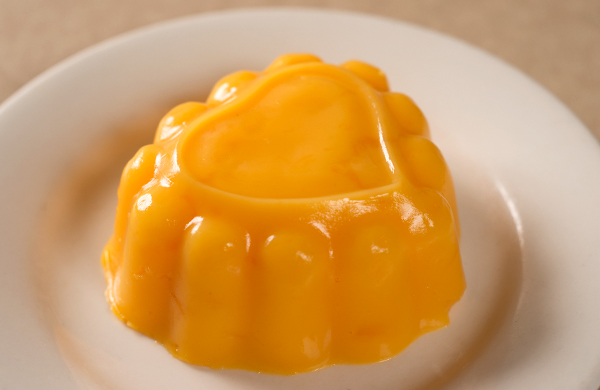
Siu mai: small pork dumplings. Each has a thin wrapper that needs to be delicately pleated by hand. Easily, they’re one of the most labor-intensive items at Phoenix Restaurant in Chicago, where each weekend this Chinese restaurant serves 80 different varieties of classic dim sum snacks.
This little fact about the siu mai is one of many surprising stories I learn from Eddy, the chef at Phoenix, where he also handles a million other tasks to keep the restaurant running smoothly. When I first came in, he was waving at a group of regulars while on the phone haggling with a seafood vendor.
“What we are serving in this restaurant is what we are eating in Hong Kong. ... It’s very typical,” Eddy says.

In 1996, Phoenix was one of the first restaurants to introduce dim sum to Chicago. Its customer base has grown over the years, and today, even with other dim sum restaurants up and down the block, you’ll find long lines winding out the door on any given Sunday.
Sound intimidating? It doesn't have to be.
Here's our guide to dim-sum dining, with a few tips from Eddy.
On the weekend: order dim sum off a cart
On weekends and special holidays, the wait staff winds traditional dim sum carts around tables, lifting lids off stacked steamer baskets to reveal the enticing contents. Should you see something you like, they leave the basket on your table and put a checkmark on your bill (it’s tallied at the end).
Phoenix is one of the only dim-sum restaurants in Chicago that still uses these carts. When I ask Eddy why they keep them, he says “tradition.” Not only to impress the tourists who come in, but also to let Chinese-American customers share this bit of culture with their kids.
Hot tip: if you want to experience the pushcarts without the crowds, head over on a Saturday, which tends to be less busy than Sundays, Eddy says.
On a weekday: order dim sum off the menu
Cartless weekdays offer a quiet, more peaceful atmosphere for ordering off the paper menu, which you can find near the hostess stand. Don't be intimidated—the menu has pictures; it has numbers; it has names written in both Chinese and English. And best of all, you need only point to what you want to have it brought out from the kitchen.
So what should you get?

“Everyone has their favorites,” Eddy says. The most popular dishes with Westerners are ha gao (shrimp dumplings) and siu mai (pork dumplings mentioned above). Kids gravitate toward the crunchy, easy-to-grip shrimp rolls and sweeter fare, from mango pudding (pictured above) to custard rolls.
Foreign travelers, especially those from Latin America, and adventurous eaters alike seem to love the chicken feet (pictured at bottom-right of top photo), a more exotic dish consisting of skin and tendons. While all these dishes are traditional, the chefs can tweak the recipes to accommodate for special diets or food allergies.
When diners are new to dim sum, Eddy encourages them to experiment. He’ll point out a few of the more popular dishes; if there’s something they don’t end up liking, it can easily be swapped out for something else. This way, by the second or third visit, diners will have a better idea of what they like.
And don't forget the tea
At dim sum, the tea is equally important to the food. Phoenix serves three different types: green tea, white tea, and brown tea. “Each one has its own usage,” Eddy says. While we talk, we drink jasmine tea, which is good for getting rid of toxins.
You can show your dim sum know-how by obeying proper tea etiquette. When your teapot is out of water, prop the lid off to the side. This signals to the wait staff that you need more hot water.
Eddy pours more tea and tells me to tap my fingers lightly against the table when the cup is nearly full. “When your friend or host fills your tea, this means ‘thank you’,” he says. “It’s part of the custom.”
Photos by Andrew Nawrocki, Groupon



